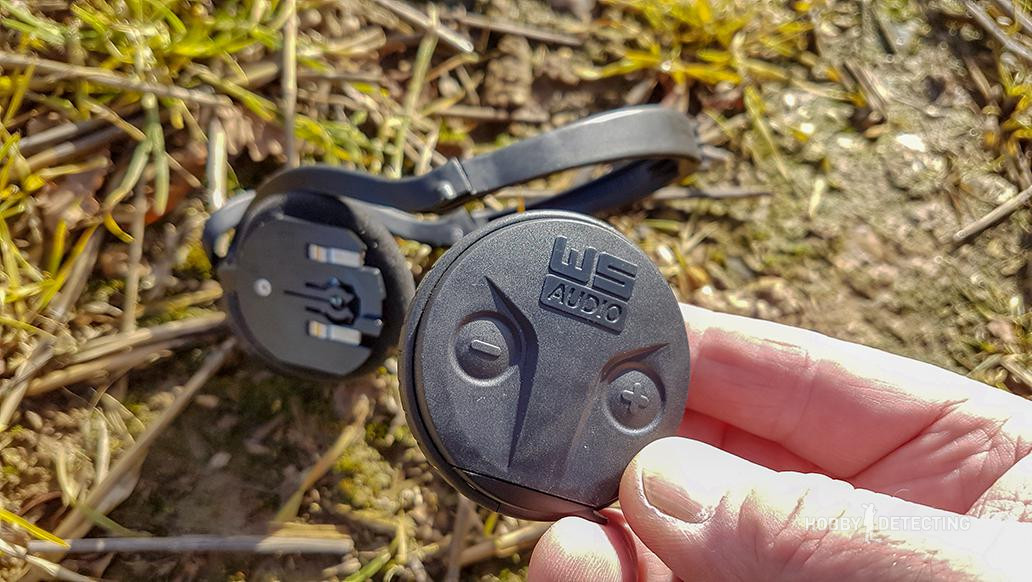

Those of us who ordered immediately found it didn't control channel 2 correctly due to a firmware error.

The original module came out, as I recall, in November 2012. I have been using the internal antenna with an older Orange RX module for two years with excellent results.Ī brief history of the Orange DSM2/DSMX module, just to situate things.
#Orx module pro
My tests were with the module in a 9XR Pro using the internal antenna. In practice, many receivers will give much more range than this (e.g., 90m+ for a Lemon Stabilizer). I will be using 20 paces (about 15m) instead of the traditional 30 paces as my go/no go standard for testing at the beginning of a session. Range Check mode uses lower power setting than Spektrum, so expect a given receiver to show about 2/3 range. Low power is for indoor, micro models and other close-in flying. Range in Low Power mode is about 1/12 that in High Power mode. This means well in excess of normal visual flying distance.
#Orx module full
Ground range testing indicates full power range at least equal to "full range" Spektrum transmitters. I've also flown it with a Lemon DSMX compatible receiver. In particular, I tested it with three of the UMX DSMX models that it previously would not control. In theory, the Arduino is running too fast (16KHz) for operation from 3.3V, but it should work, and only needs to flash the module once.Īs I've reported elsewhere, I've tested an Orange module (green board) upgraded with Mike's ported Multi firmware, both on the bench and in the air. Power the module, the Arduino will be powered from the 3.3V from the module.Īfter a couple of seconds, the LED on the Arduino will flash, around once per second if the bootloader flashed OK, and 5 times per second if it failed.

PDI Data from the module to IO3 on the Arduino. PDI Clock from the module to IO2 on the Arduino. Vcc (3.3V) from the module to Raw (or maybe VCC) on the Arduino (I tested using Raw). Ground from the module to ground on the Arduino. As a way of doing this, I've produced a sketch for an Arduino Pro Mini that contains the bootloader code, and also PDI programming code. You still need to get the bootloader onto the module. Since I created a bootloader for the Orange module, it now means you may only need to flash the bootloader to the module, then you can flash the application from a radio running ersky9x, or possibly using a FTDI device (not tested), but you will need a resistor in the Tx signal from the FTDI device if it outputs 5V. This is available in the file ersky9xProvR219m.zip (or later) at: viewtopic.php?f=7&t=4676&p=65894#p65894. To help with this, I've coded a PDI XMEGA programmer in the "maintenance mode" of ersky9x for the 9XR-PRO and the 9Xtreme. The Orange modules use an Atmel XMEGA device that needs to be flashed using a "PDI" programming interface, so a USBASP cannot be used. The main problem is flashing the new firmware. One advantage of using this is it works with the BNF models the original firmware fails with. I have ported the firmware so it runs on the Orange DSM Tx module(s). It uses a protocol called MULTI to communicate with the transmitter. This supports various RF sub-modules and uses an Arduino Pro Mini to control them.
#Orx module how to
There is a thread on RCGroups describing how to build your own Tx module.


 0 kommentar(er)
0 kommentar(er)
